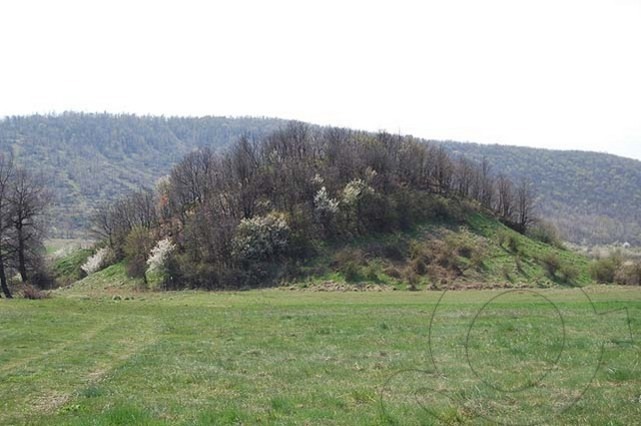Zhaba Mogila tomb is a fascinating archaeological site located a few kilometers away from the town of Strelcha. Discovered by renowned archaeologist Georgi Kitov in the 1970s, this tomb is believed to be the final resting place of a Thracian ruler. Dating back to the 5th and 4th century BC, the tomb has seen its fair share of plunders, but thanks to the efforts of archaeologists, some significant artifacts have been recovered. This article will delve into the history and significance of the Zhaba Mogila Tomb, shedding light on this hidden gem of Thracian history.
History and Significance
The Zhaba Mogila Tomb holds great historical and cultural significance, providing valuable insights into the ancient Thracian civilization. The construction of the tomb is believed to have occurred before the burial ceremony took place, indicating the importance attached to the rituals and customs of the Thracian people. The tomb’s location and design suggest that it was built to honor a high-ranking Thracian ruler, showcasing the wealth and power of the individual buried within.
The tomb’s intricate entrance is one of its most remarkable features. The preserved stones used in its construction depict images of Thracian gods and floral ornaments, providing a glimpse into the religious beliefs and artistic skills of the Thracian civilization. These carvings serve as a testament to the craftsmanship and attention to detail that was prevalent during this era.
Artifacts and Discoveries
Although the Zhaba Mogila Tomb has been subjected to looting over the years, archaeologists have managed to recover some fascinating artifacts. Among the most notable discoveries are a chariot and harness, providing evidence of the Thracians’ advanced knowledge of horsemanship and their skill in chariotry. These artifacts not only offer a glimpse into the Thracian way of life but also highlight their expertise in warfare and transportation.
Additionally, the tomb’s location near a temple is noteworthy. The temple, situated on the other side of the mound, features lion figures placed on either side of the entrance. One of these lion figures has been relocated to the National History Museum in Sofia, where it can be admired by visitors. The temple itself consists of three chambers, further adding to the mystique and grandeur of the site.
Visiting the Zhaba Mogila Tomb
Reaching the Zhaba Mogila Tomb can be a bit challenging, as the area is not easily accessible. However, with some perseverance and the help of brown signs directing tourists, visitors can find their way to this hidden gem. Once you reach the railroad, it is recommended to leave your car behind and continue on foot, as the terrain may prove too difficult for vehicles.
It is important to note that the tomb lacks informative signs, and there are no guides available to provide information on its history. Therefore, it is advisable to conduct thorough research in advance and visit the Strelcha history museum, where additional information about the tomb and its artifacts can be obtained. Many of the artifacts discovered in the area have been moved to this museum, offering visitors a chance to learn more about the rich Thracian culture.
Conclusion
The Zhaba Mogila Tomb stands as a testament to the ancient Thracian civilization and its rich cultural heritage. Despite facing plunders and challenges over the years, this archaeological site continues to fascinate and intrigue visitors from around the world. The tomb’s intricate entrance, the artifacts recovered, and its location near a temple all contribute to its historical and cultural significance.
Visiting the Zhaba Mogila Tomb requires some effort and preparation, but the experience is well worth it for those interested in delving into the mysteries of the Thracian civilization. By researching the site in advance and visiting the Strelcha history museum, visitors can gain a deeper understanding of the tomb’s history and the Thracian way of life. The Zhaba Mogila Tomb is truly a hidden gem waiting to be discovered by those curious about the ancient world.

